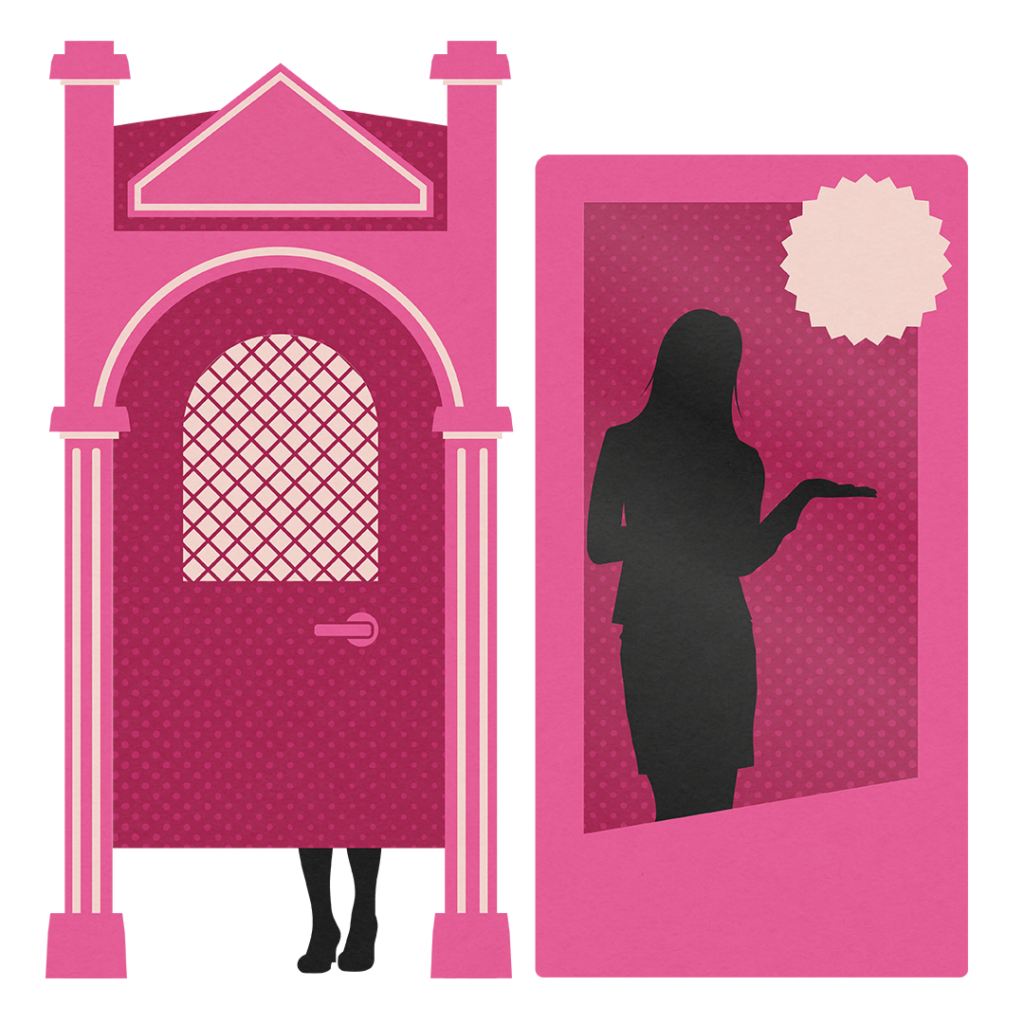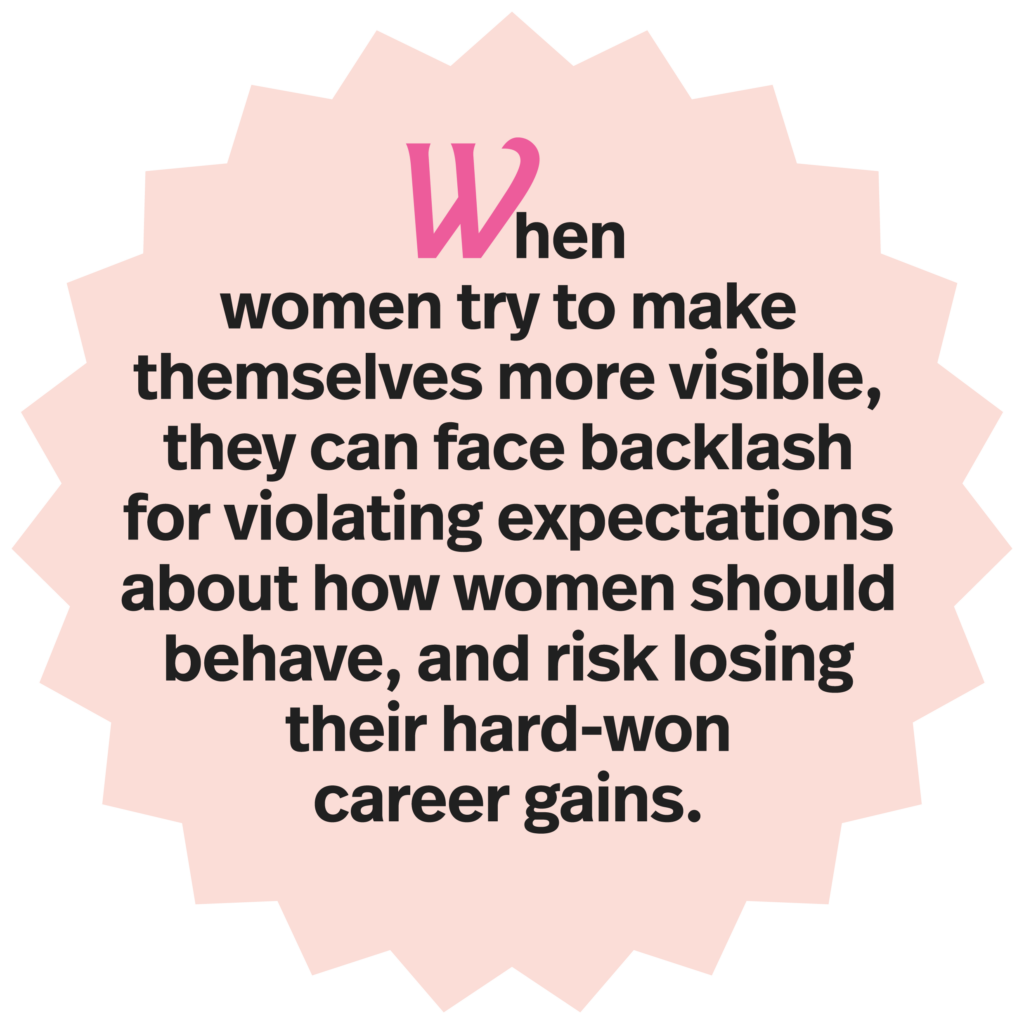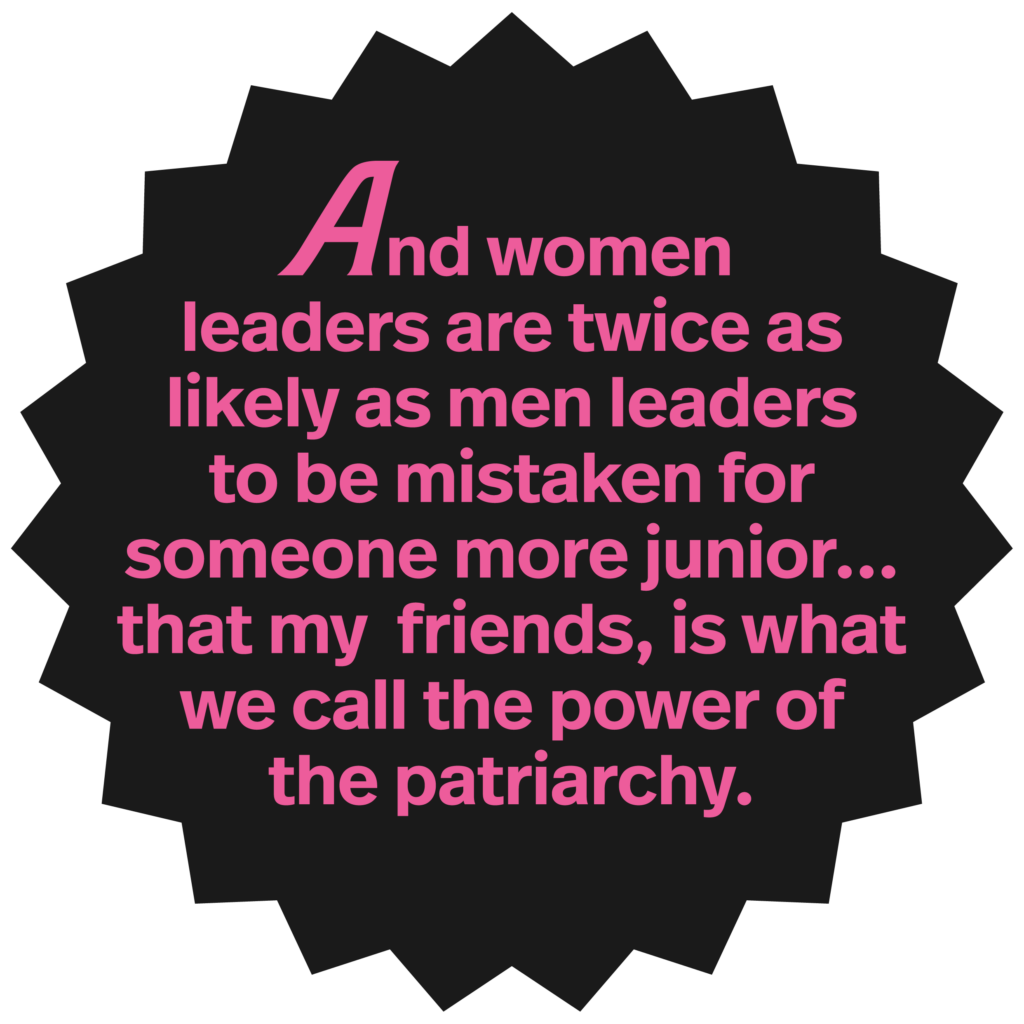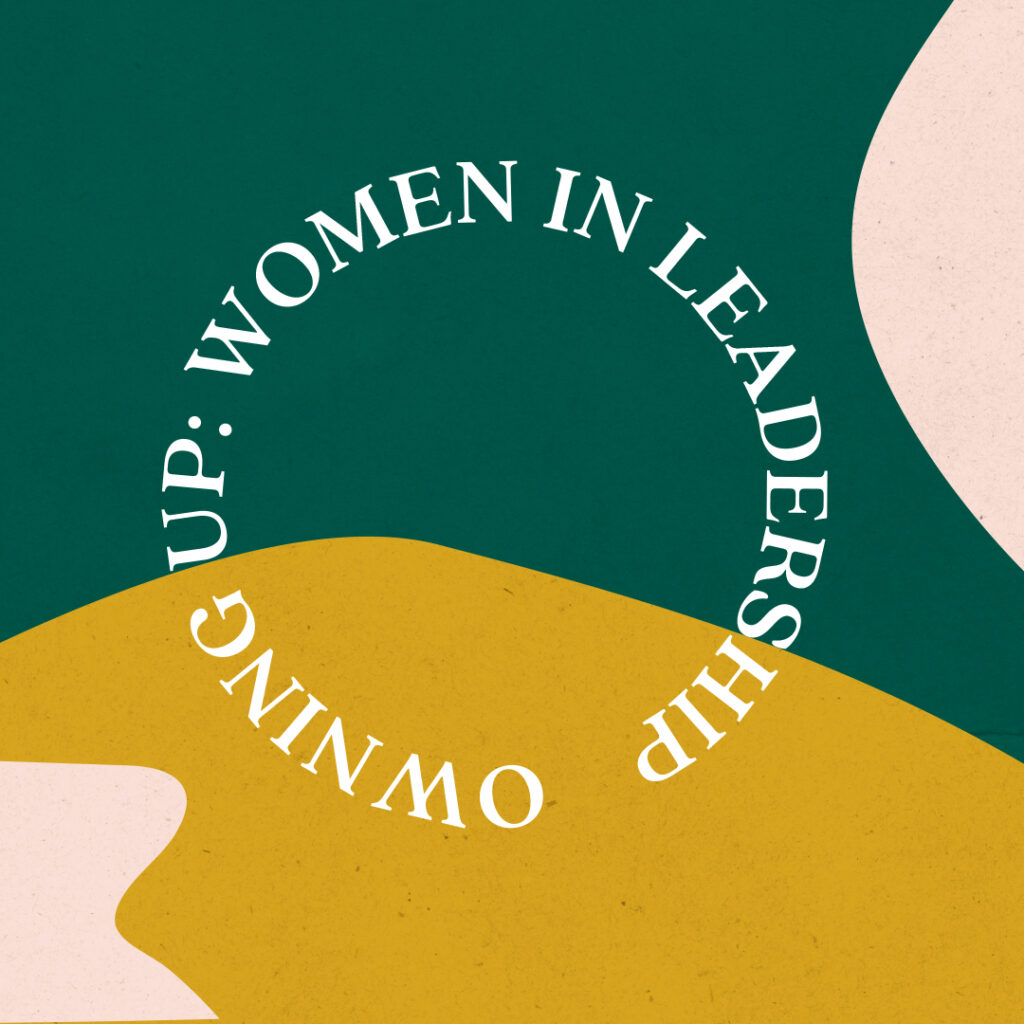
C’mon Barbie – Let’s Go Close The Gender Gap
— By Dori Mulvaney
As one who put off seeing the cinema event of the summer, arguably of the year, I found myself ill-prepared for the fist-to-the-sky, ultra feminist energy that consumed me as I left the Barbie movie. I watched as mothers, daughters, sisters, friends, and yes, even men, raved about how incredible the film was. In that moment, I couldn’t help but beam with pride in my female identity, but also ponder the accuracy of certain scenes that portrayed the widespread influence of the patriarchy.
Pre-Barbie Era:
My peers at work made talk around gender divide one of their priorities long before I came on board, and way before Barbie hit the mainstream. While I understood there were important nuggets woven into the Barbie plot, I didn’t quite realize how a playful movie depiction of gender inequality could inspire a national wave of discussion — a long overdue discussion that the Stoltz team has almost daily.
In an effort to encourage more conversation around the matter, specifically as it relates to the workplace, the Gender Gap Confessional was born. As we stand on the platform a pink pop culture phenomenon gave us, we feel now, more than ever, it is imperative to keep the buzz going.
So what is the Gender Gap Confessional? Let’s rewind, review a few stats, and break down how this brilliant idea came about.
21st Century Barbie:
Stoltz is proud to be a women-led and certified woman-owned agency, the largest in the state of Idaho, and one of only 0.1% of all woman-owned ad agencies in the U.S. So, if we’re women-led and woman-owned, one might wonder why we’re still clawing our way towards greater representation in the workplace.

Now, a quick disclaimer: not all of us who identify as women in the ad world are out to take on the incredible responsibility that is owning an agency. In fact, a lot of us have no desire to. But what about those fem bosses, the barbies if you will, who unapologetically lead their teams and drive results? Where do those women fit into the harsh realities of mass male management?
The answer is just that — fit in. We’re conditioned to abide by the masculine standard set in the workplace. When women try to make themselves more visible, they can face backlash for violating expectations about how women should behave, and risk losing their hard-won career gains (Harvard Business Review, 2018). I think this was best represented in the Barbie film when the leadership team at Mattel, an all-male panel, instructed Barbie “to get back in the box.” Too often we’re metaphorically shoved in a box, and to avoid confrontation, many women in today’s society follow suit, leaving leadership roles to the men.
I’m not saying this is the case for all women. In fact, I work with incredible female leaders who pave the way for the rest of us to feel confident as we pursue a professional career. Other workplaces just don’t have the luxury of this type of management. For every 100 men promoted to managers, only 85 women were promoted. And this gap is greater for black women (58) and Latinas (71)(McKinsey & Company, 2020). So, while I feel fortunate to operate under a rarity of women in leadership, I can’t help but be frustrated by the divide we experience when it comes to roles and respect towards our gender in the workplace.

The Ken-dom:
After all, we work just as hard, we’re just as gifted in our trade, and we sure as hell know how to balance the myriad of obstacles thrown at us daily. So, what it breaks down to is that women are innately seen as less than, and denied certain roles because of a traditional perspective that women aren’t worth more than our domestic homemaking skills — neither of which hold much value in the professional world. For example, women are far more likely than men in leadership to have colleagues imply that they aren’t qualified for their jobs. And women leaders are twice as likely as men leaders to be mistaken for someone more junior (McKinsey & Company, 2022). That my friends, is what we call the power of the patriarchy.
If I took one thing from the Barbie movie, it was when Ken was searching for a job in corporate America. After being turned away time and time again, he exclaims, “You’re clearly not doing the patriarchy very well” to which his male counterpart responds, “Oh no, we’re doing the patriarchy just fine … we’re just a lot better at hiding it now.”
No matter how that exchange of words makes you feel, we all need to understand that this type of “brush-it-under-the-rug” masculine mentality is unacceptable. The patriarchy still exists, and to be honest, our male superiors aren’t as great as they might think at hiding it.
Cultivating a Beach We Can All “Beach” On:
The primary goal of the Gender Gap Confessional is to empower individuals to share these accounts. Stoltz creates a safe place for professionals to tell their stories and shed light on the microaggressions and unfair treatment towards women in the workplace. In doing so, we hope to raise concern and provide a platform for those who are fed up to be able to stand up and speak up.
In the forthcoming years, we need to make a lot of changes. To put it into measurable terms, PWC estimates it would take 63 years to narrow the gender pay gap, 30 years to narrow the participation gap, and 67 years for female full-time employees’ share to be equal with the male share. (PWC, 2022). And though the work to be done may seem daunting, we’ve made great strides thus far.
Sitting back now isn’t an option. I would encourage anyone who has witnessed or fallen victim to gender divide in the workplace to begin talking about their specific encounters. Because I can assure you, the only thing more uncomfortable than telling these stories out loud is keeping them quiet and continuing to let unfair treatment go unpenalized. Let’s all embrace our inner Margot Robbie, strap on our birkenstocks, and fight for the neutral playing field that women deserve.




